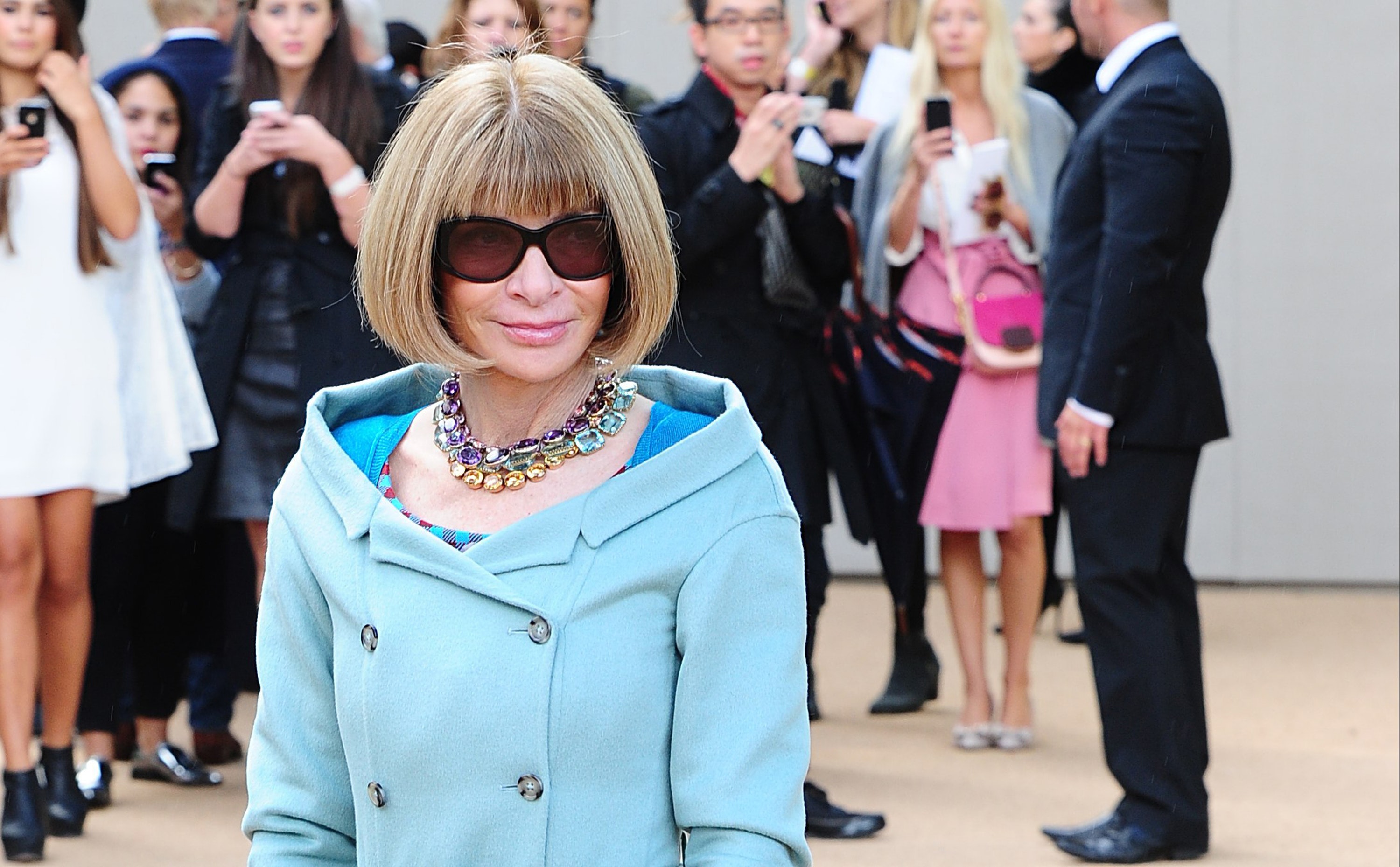The hairstyle that’s always on trend: Bobs through the decades
It’s been worn by Grace Kelly, Victoria Beckham and Joanna Lumley.
Whether it’s on the catwalk, in glossy magazines or even street-style snaps, there’s no denying the bob is an absolute classic in the hairstyle stakes.
With a history reaching as far back as the 15th century (Joan of Arc and Cleopatra, anyone?), it’s become an icon of femininity. Females as fashionable as Anna Wintour (who is rumoured to trim hers every day) and Coco Chanel are associated with the bob, so what is it about this simple hairstyle that is loved by so many? We take a look back to find out…
1920s: A symbol of independence

Miss Fanny Ward, an American vaudeville and silent film actress, at Royal Ascot in the 1920s
The 1920s was a revolutionary time for women. The post-war environment had given many a new sense of personal freedom, abandoning the rules of fashion and femininity. Short haircuts became a symbol for independence and strength, equal to that of men.
The bob soon became the dominant female hairstyle across the Western world, taking on variations such as The Eton Bob (the shortest version of the hairstyle) and The Shingle Cut (tapered to give a soft, sloping effect), adding to the controversial ‘flapper girl’ spirit.
1930s: A more feminine cut

The new “Cone Bob” created by Alan Spiers
The 1930s saw the bob rid itself of boyish overtones, to become something less short, and more feminine and sophisticated. The sharp lines of the 1920s bob were abandoned, yet it still symbolised the modern, independant woman.
1940s-50s: Bring on the flick

Princess Grace holds the hand of her daughter, Princess Caroline, during a shopping trip in the Avenue des Moulins in Monte Carlo
During this period, fashion was conservative, the bob’s length reached the jawline, and was less wavy and more structured. The flicked-out ends were always full of hairspray.
1960s: The Five Point Bob

Outside the Royal Albert Hall, hairdresser Vidal Sassoon with two models in his coiffure creations. For Janni Goss (left) the new style – Permed Geometric ’75. For Sharon Wright, the old style, Five Point Geometric ’65
The bob’s next big moment in the spotlight arrived during the 1960s, when in 1963, hairstylist Vidal Sassoon devised the five-point bob cut. It was short, geometric and stylish, worn by the likes of fashion designer Mary Quant and model Twiggy.
1970s: The natural look

Outside the Royal Albert Hall, hairdresser Vidal Sassoon with two models in his coiffure creations. For Janni Goss (left) the new style – Permed Geometric ’75. For Sharon Wright, the old style, Five Point Geometric ’65

Joanna Lumley at Pinewood Studios
Away with the hairspray and flicked ends, the bob became low-maintenance and was put to practical use, worn by British Intelligence spy Purdey (played by Joanna Lumley) in The New Avengers.
1980s: Bobs with attitude

British pop singer Kim Wilde
The Eighties brought even more change. The buzz bob saw women opting to shave underneath the back of their bobs, whilst permed hair was also often worn as a bob, and sported by a young Madonna.
1990s: Sophisticated chic

The Spice Girls posing outside the Martinez Hotel in Cannes
As the days of permed hair, shoulder pads and voluminous skirts gradually deflated, sleek, bobbed hairstyles were worn by many female celebrities during the Nineties, alongside more minimalist fashion choices.
The Spice Girls era saw Victoria Beckham channelling her Posh Spice persona with her sleek hair, whilst Uma Thurman’s black bob in Pulp Fiction oozed sophistication.
2000s: The Pob arrives

Victoria Beckham in the Honda Garage at Silverstone, Northamptonshire
During the Noughties, the sleek bob was still at the forefront of on-trend hairstyles, worn by the likes of Mary J Blige and Rihanna in the music video for her hit single, Umbrella.
Victoria Beckham again channelled a peroxide-blonde bob, which soon became known as the ‘Pob’.
2017: Still on-trend

Dawn O’Porter attends the premier of The Sapphires at the Odeon West End, London
Today, the bob is as popular and stylish as ever, with many women transforming their once long locks into a short, classic do. Images of a soft, wavy Lob (‘long-bob’) are one of our most frequent Pinterest searches, and we swoon over Sienna Miller’s effortless-looking style, or Dawn O’Porter’s picture-perfect cut.

Taylor Swift at the Capital Jingle Bell Ball at the O2 Arena, London
Taylor Swift, Kylie Jenner and Demi Lovato have also recently been rocking a bob haircut, and with a history as long as this one, it’s unlikely to go out of fashion, continuing to remain a symbol of feminism for years to come.
The Press Association
Latest posts by The Press Association (see all)
- 8 things your feet can tell you about your health - January 8, 2025
- 9 ways to look after your emotional health better in 2025 - January 7, 2025
- EastEnders fans to vote on storyline for the first time in 40th anniversary week - January 7, 2025
- Aldi beats rival Lidl as cheapest supermarket of 2024 - January 6, 2025
- All the benefits of lifting weights beyond bigger muscles - January 6, 2025





















